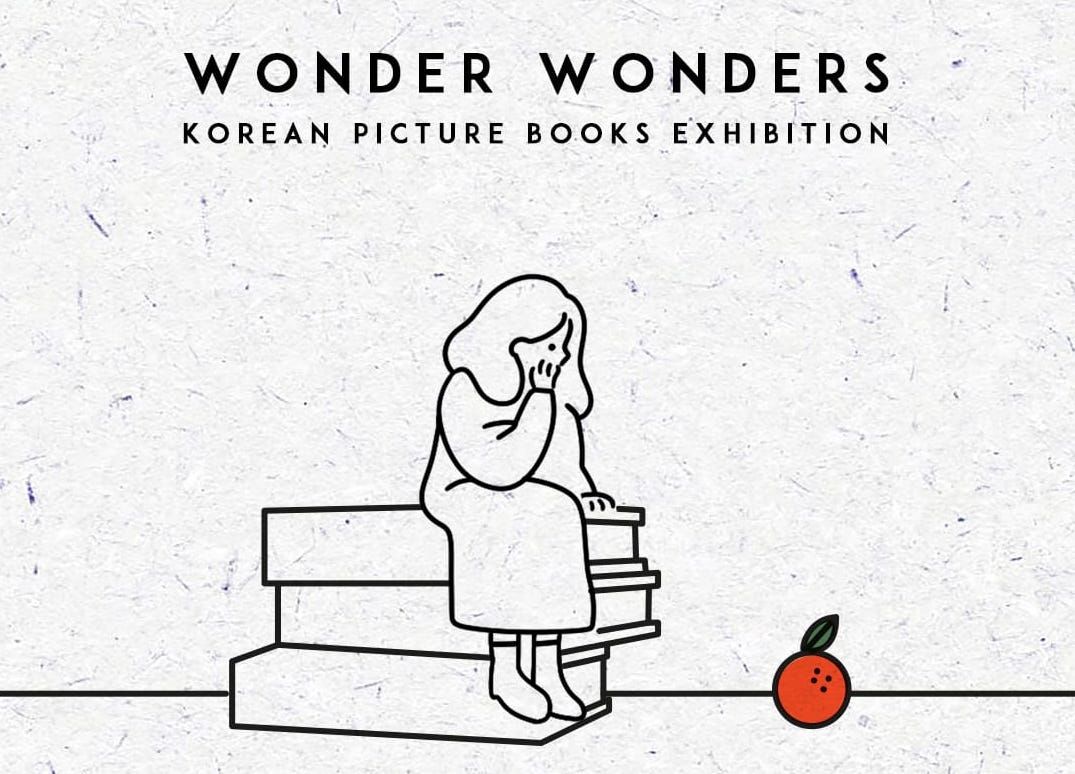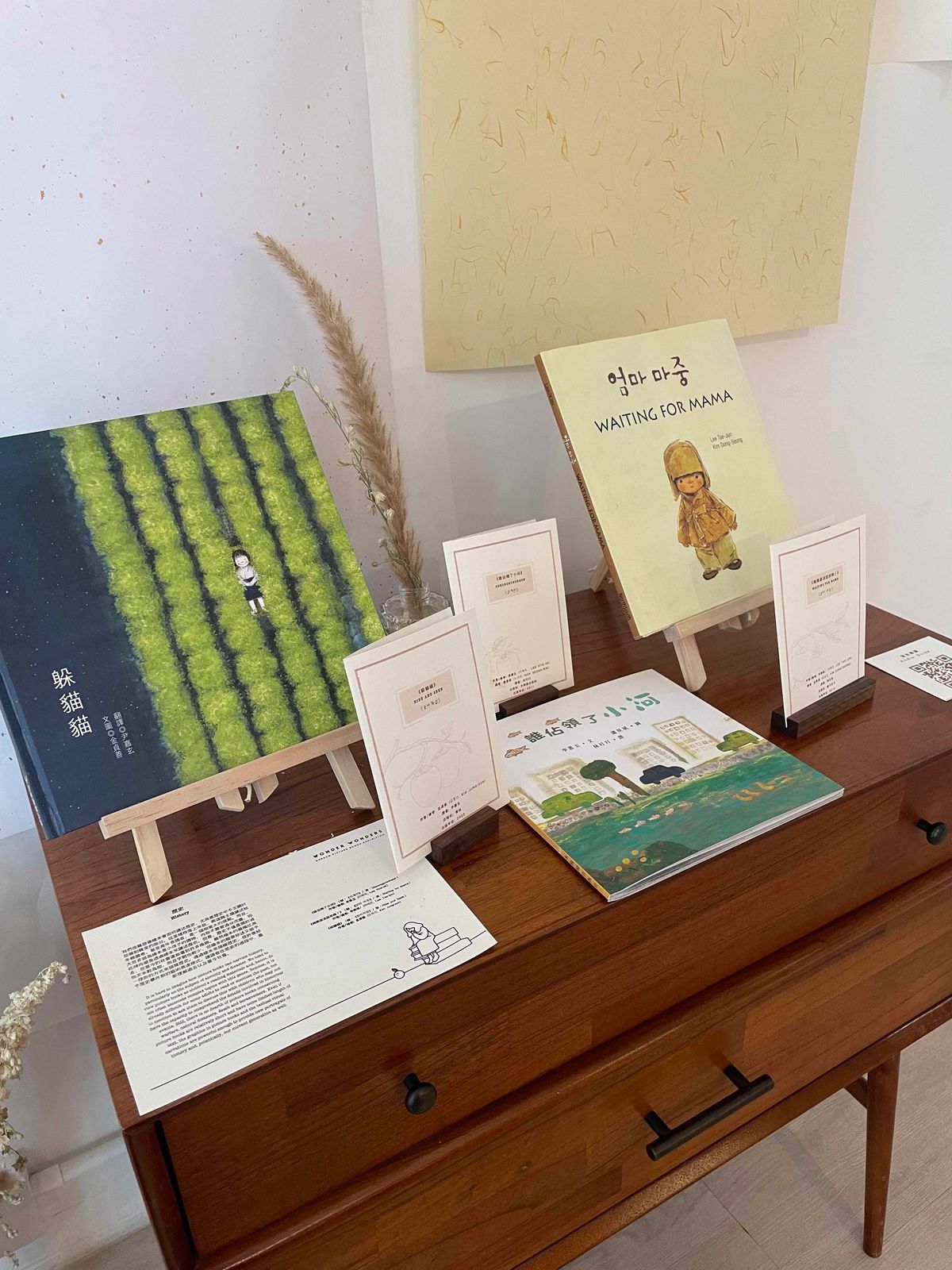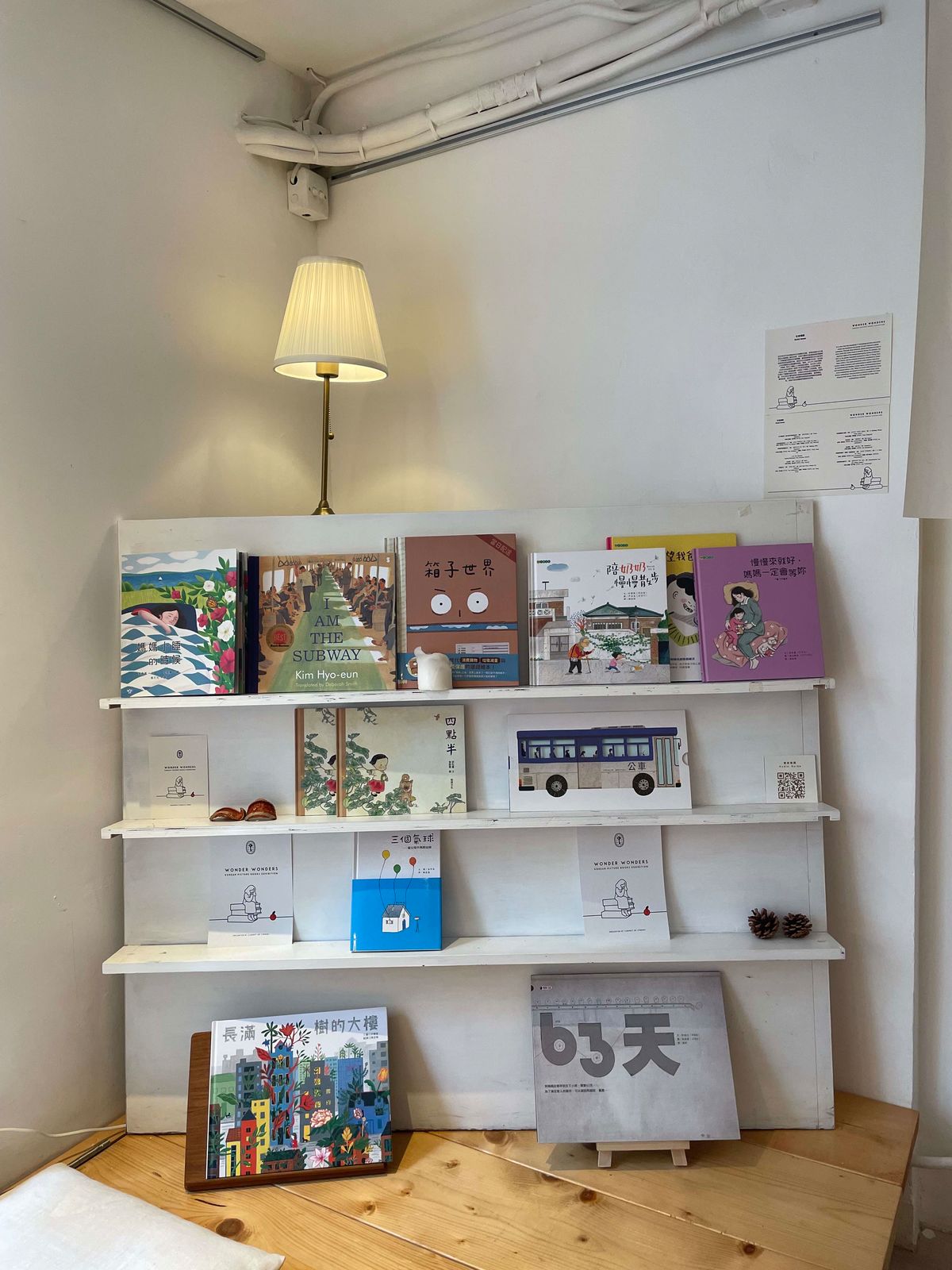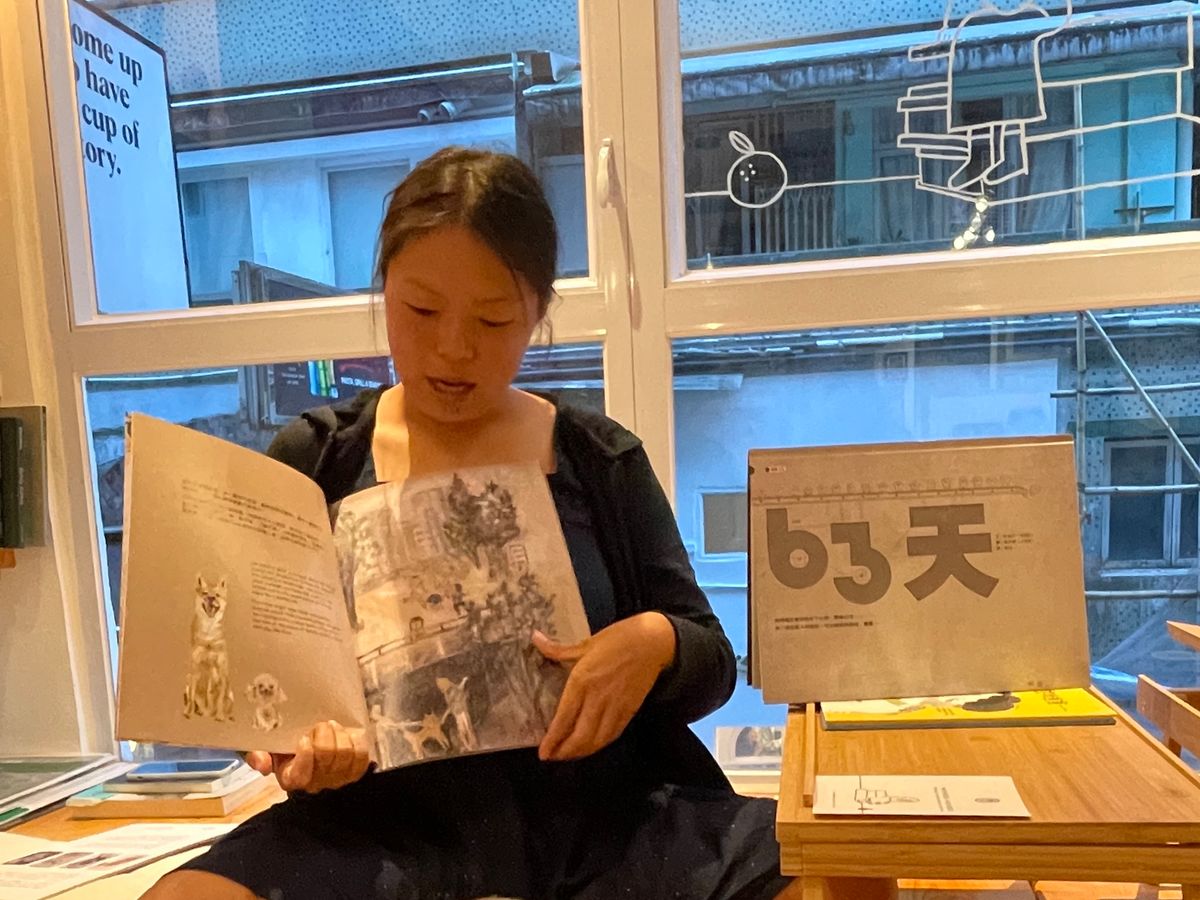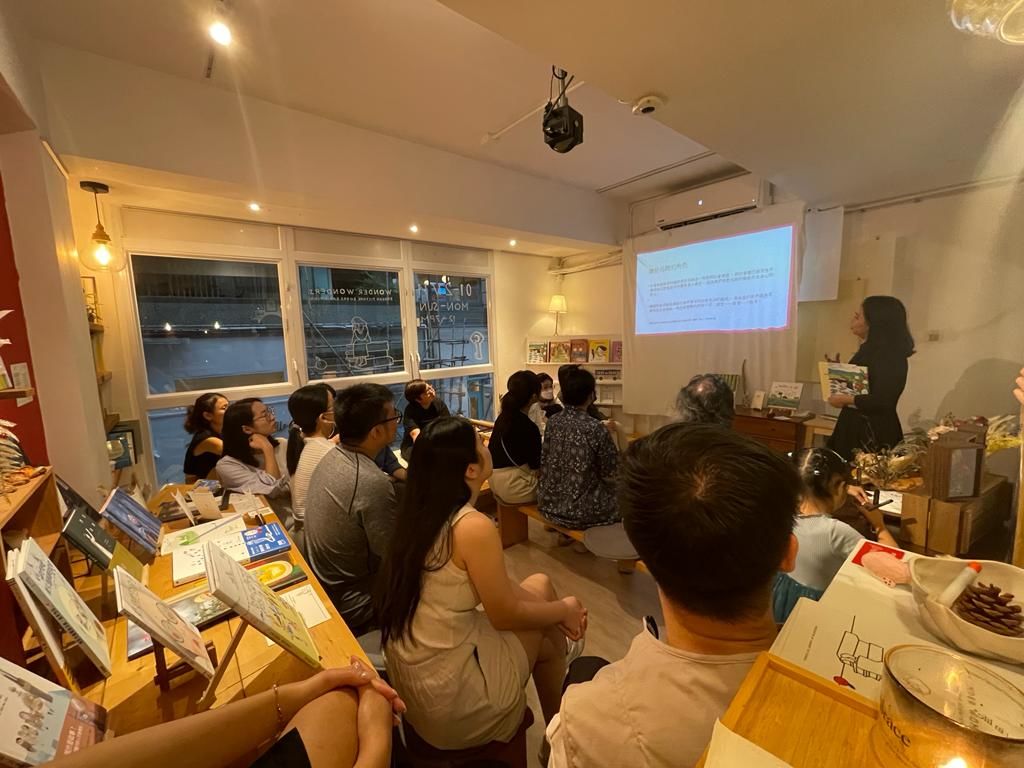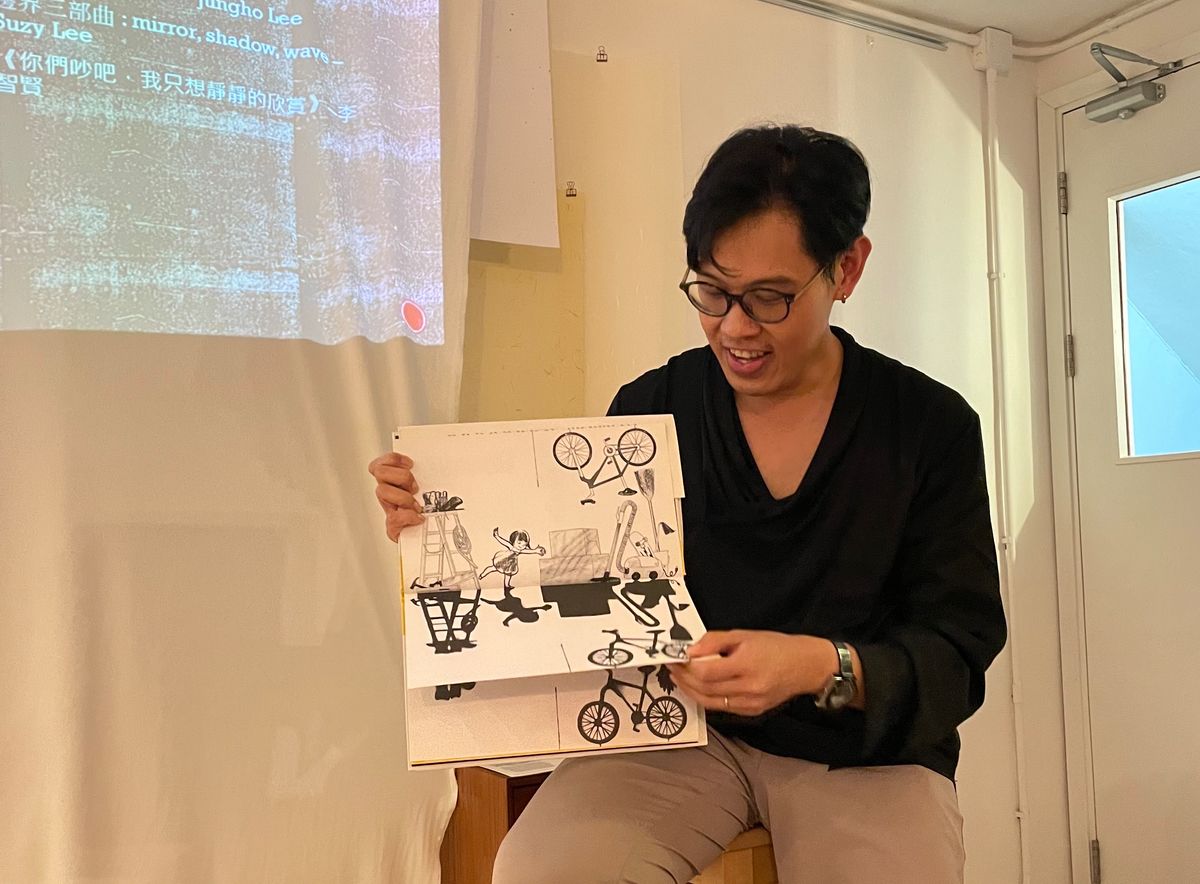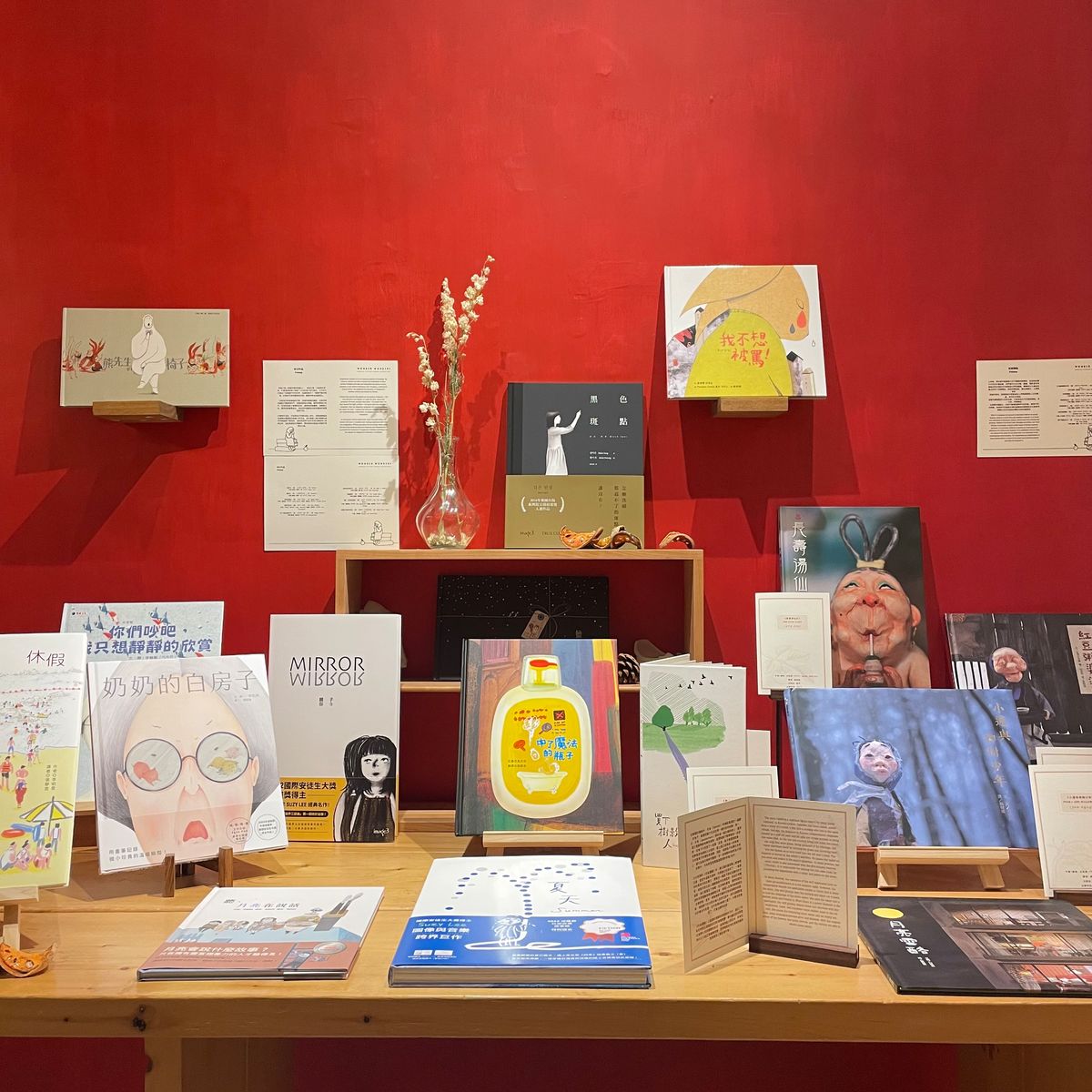
Dr. Michelle Chan organized an exhibition of Korean children’s picture books in a bookstore –Cabinet of Stories, from the 1st to 21st November, 2023. This project was supported by the funding provided by LTI Korea.
The Asian market of picture books was catching the public’s attention, and it was clear that there was a rising significance and popularity of Korean picture books in the global market. Korean picture books developed sophisticatedly in recent decades in terms of expanding their readers from children to adults, including mature and challenging themes, and making use of unique visual and textual narratives to elaborate views and comments on the social, cultural and historical subjects.



